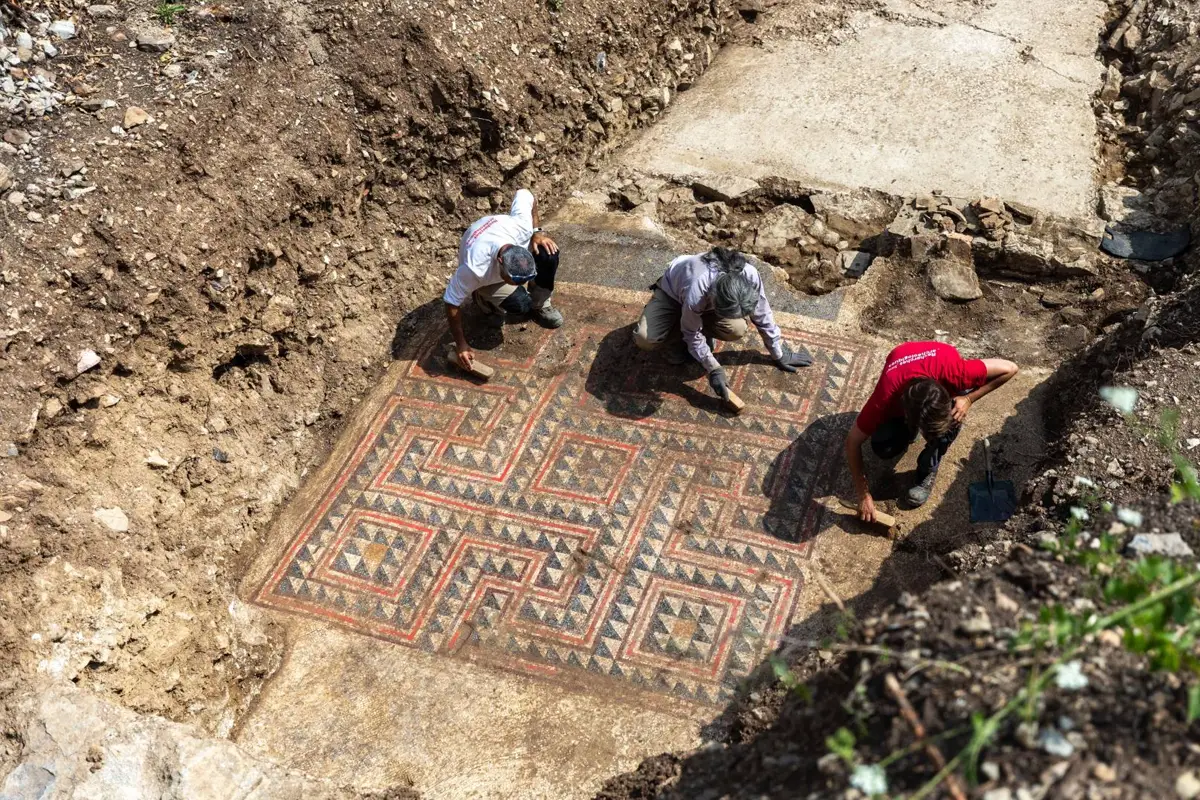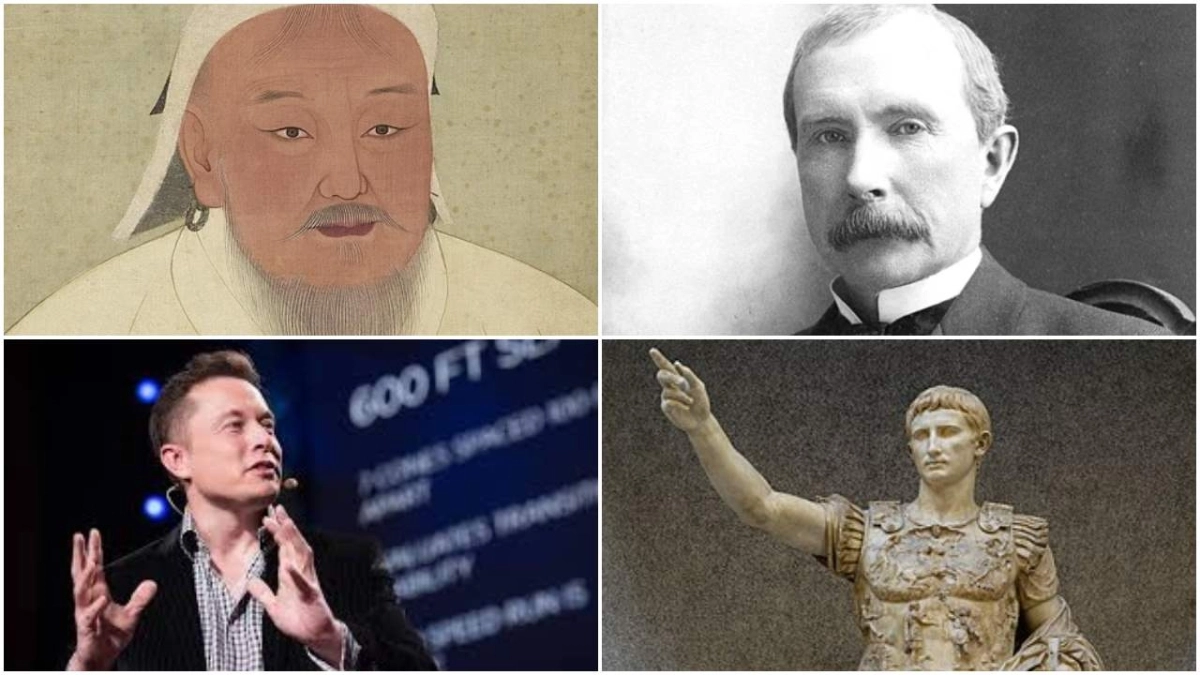The development of writing was one of the most transformative achievements in human history, marking the transition from prehistoric societies to recorded civilization. The earliest known writing systems emerged in Mesopotamia and Egypt, fundamentally changing the way humans communicated, stored knowledge, and governed societies.
Origins of Writing in Mesopotamia
Writing first appeared in Mesopotamia around 3100 BCE in the form of cuneiform script, developed by the Sumerians. Initially used for accounting and administrative purposes, cuneiform evolved into a complex system capable of expressing abstract ideas, historical events, and literature. Scribes used wedge-shaped marks on clay tablets, making it one of the earliest means of recorded communication.
The Emergence of Hieroglyphs in Egypt
Around the same time, the ancient Egyptians developed hieroglyphic writing, a pictorial script that was used primarily for religious texts, monumental inscriptions, and administrative records. Hieroglyphs combined logographic and phonetic elements, allowing for both artistic representation and precise communication. This script played a central role in Egyptian culture, particularly in temple carvings and the preservation of historical records.
Transformative Impact on Human Communication
Record-Keeping and Administration – Writing enabled the efficient management of trade, taxation, and government affairs, leading to more structured societies.
Cultural and Religious Expression – Writing allowed civilizations to document religious beliefs, myths, and literary works, preserving them for future generations.
Knowledge Transmission – With written records, knowledge could be accumulated, shared, and expanded over time, leading to advancements in science, law, and philosophy.
Conclusion
The invention of writing systems like cuneiform and hieroglyphs marked a turning point in human history. These early scripts laid the foundation for subsequent writing systems, influencing communication, governance, and culture for millennia. By enabling humans to document their thoughts and experiences, writing transformed civilization and remains one of the most important innovations in human history.







